Telephone and Telehealth: Calling for better implementation
A few weeks ago I mentioned a study from NZ about patient experience with telehealth (see it here: Link to Post). One of the findings was that patients liked audio only appointments less than video ones. It was enough to make it one of the 3 main finding within that study.
Audio/telephone telehealth is one of the oldest forms of telehealth allowing patients and healthcare providers to connect via a simple phone call. Consider how often people called their doctors for information, to ask questions and for care. It is only recently being rebranded under this umbrella although technically it was there all along.
Part of the reason is that it wasn't reimbursed and had gone out of favor as a viable way to deliver care. Healthcare has changed in its risk, how specialized we all are and how much we are willing to give medical care over the phone.
Saying that, there are some benefits of audio telehealth that can't be minimized.
1. Accessibility: It helps with access like all forms of telehealth and doesn't require expertise in how to use it. We all knew how to use phones well before smartphones and tablets.
2. Overcoming Technological Barriers: This one is particularly huge. Unlike other forms of telehealth that require internet access, apps, or devices. It doesn't depend on a stable internet connection or the possession of a smartphone or computer, making it an ideal choice for patients who may lack access to advanced technology. Sometimes it is the only option.
In a study in Health Affairs, the authors specifically noted that cutting out audio visits would impact safety net and those without tech solutions and called for continuing reimbursement (Link to Paper).
The other benefits are not specific to telephone calls: convenience, collaborative care, improved patient engagement, no geography restriction, cost efficient, allows for patients with stigmatized conditions to feel safe, is timely etc.
So going back to the study and the findings, there is room to improve. If we consider what we can do on video vs audio, here are some of the barriers:
Ensuring quality: Over video it's easier to do an exam which gives you more information and less likelihood of needing to go in-person for care.
Digital empathy: In digital empathy classes and the Telehealth Success book, I talk about how voice, tone, pitch etc are part of connecting with patients. But they can't see you, your nonverbal cues and so the voice becomes the only way to deliver empathy. A challenge without practice.
Using audio telehealth to its highest capacity: Patients might not have trusted telephone visits because it isn't commonly associated with telehealth and it's not often used as the primary modality.
These barriers can be overcome with research, audio telehealth expansion and clinician training. And with better use of tools such as #rpm and #ai there is going to be better ways to use chat and audio #telemedicine in the future.
In general, let's not sleep on telephone telehealth as it is a vital and inclusive healthcare lifeline. Telephone telehealth will continue to play a pivotal role in ensuring that healthcare is accessible and effective for all, regardless of their location or technological resources. We just have to figure out how so we don't see more studies where audio telehealth makes patients want to forego telehealth totally.
